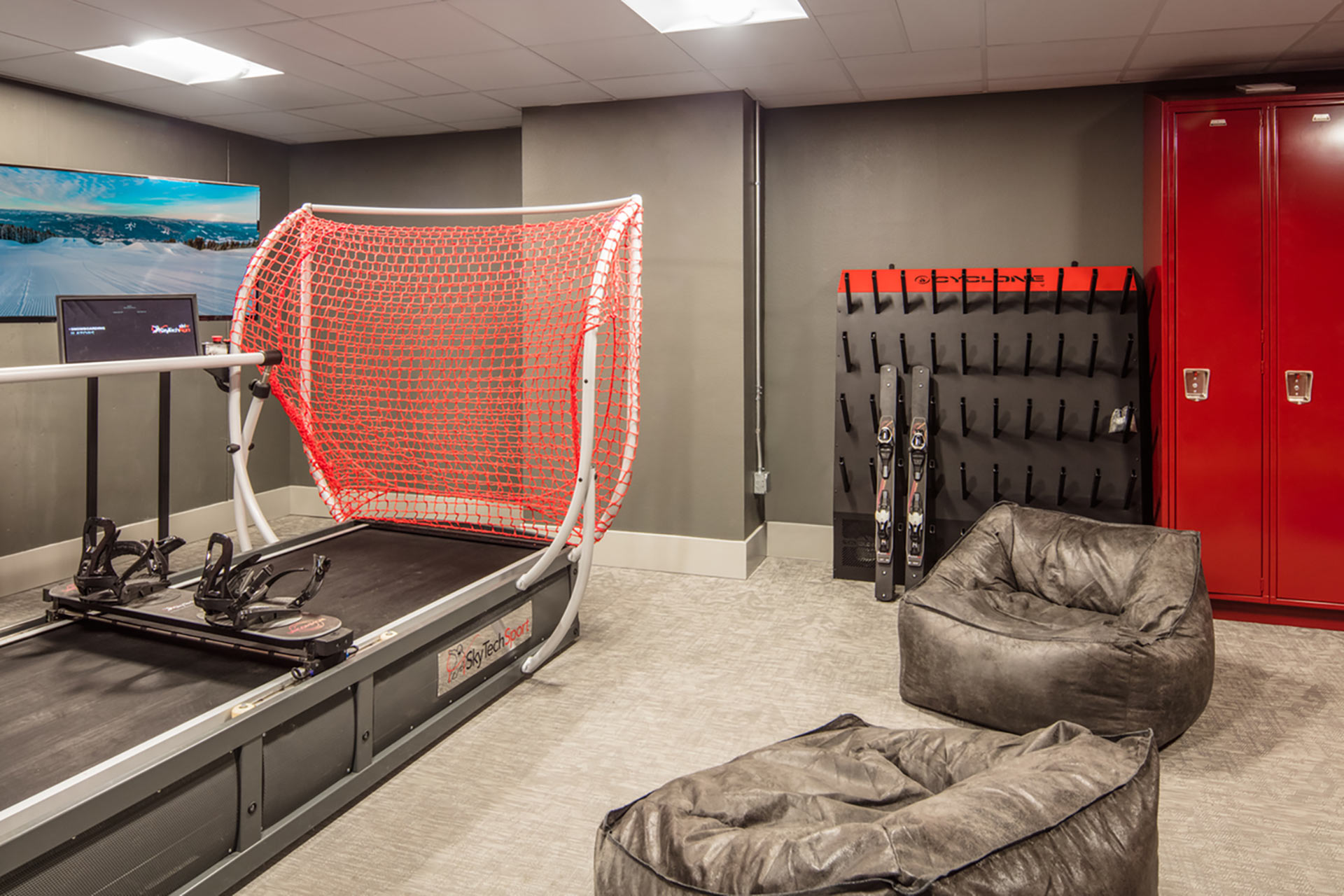Using Technology to Elevate Interiors
Jun 4, 2019
Residential real estate brokers use the delicious aroma of freshly baked goods to create positive outcomes during the walk through. For multifamily, the most powerful closer could be technology. Providing opportunities throughout the walk through for prospective renters to charge their devices on a wireless charging pad conveys a subtle message that life will be easy if they decide to live in this apartment community. And convenient, too.
“We’re designing amenity spaces that cater to people who work from home,” says Niki Landry, Project Manager, HPA Design Group. Wireless capabilities have eliminated the need for a separate business office, but it has created demand for co-working spaces with flexible, communal seating arrangements that encourage socialization in a way that the buttoned up business offices could not.
That other tech-based amenity, package systems, keeps expanding its already large footprint—but it’s not rentable space. So, many developers are choosing to integrate package and mail into appealing amenity destinations where residents already mingle. Now they can chat about the sophisticated digital locker system that is keeping their frozen food delivery safe until pickup. Or, maybe they’ll compare notes about the expansive selection at the onsite electronic convenience store. Upscale vending stations can now be stocked with the household items, groceries and pre-packaged meals residents request.

These days, when residents emerge from their apartment homes looking for a spot to unwind, they’re probably heading down to the dedicated video gaming space. Pool tables and ping pong are gradually being edged out. “We recently created an entire room dedicated to a golf simulator with a massive screen and artificial turf,” Landry says. Technology lets urban apartment residents enjoy outdoor gaming without stepping outside their building.

Technology in apartment units has been slower to take off, and the adoption rate generally depends on the location, cost and budget of the project. Smart home integration is customizable, which is a benefit to the developer, their wishes and demands from the individual marketplace. “Technology ranges from just including a digital thermostat to having everything systematic and controlled by the tenant’s smart device.,” notes Landry.
As technology evolves in the multifamily industry; thermostats, integrated lighting systems and secure entries appear to be the three most desirable features. Some developers are also excited about an Alexa-type device that will control these features by voice. The smart apartment hasn’t arrived yet, but it’s slowly emerging.
